W. Xu
Majorana Demonstrator Data Release for AI/ML Applications
Aug 22, 2023



Abstract:The enclosed data release consists of a subset of the calibration data from the Majorana Demonstrator experiment. Each Majorana event is accompanied by raw Germanium detector waveforms, pulse shape discrimination cuts, and calibrated final energies, all shared in an HDF5 file format along with relevant metadata. This release is specifically designed to support the training and testing of Artificial Intelligence (AI) and Machine Learning (ML) algorithms upon our data. This document is structured as follows. Section I provides an overview of the dataset's content and format; Section II outlines the location of this dataset and the method for accessing it; Section III presents the NPML Machine Learning Challenge associated with this dataset; Section IV contains a disclaimer from the Majorana collaboration regarding the use of this dataset; Appendix A contains technical details of this data release. Please direct questions about the material provided within this release to liaobo77@ucsd.edu (A. Li).
Regret Bounds for Risk-Sensitive Reinforcement Learning
Oct 11, 2022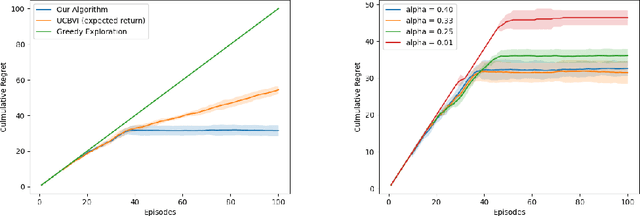
Abstract:In safety-critical applications of reinforcement learning such as healthcare and robotics, it is often desirable to optimize risk-sensitive objectives that account for tail outcomes rather than expected reward. We prove the first regret bounds for reinforcement learning under a general class of risk-sensitive objectives including the popular CVaR objective. Our theory is based on a novel characterization of the CVaR objective as well as a novel optimistic MDP construction.
Learning Physics from the Machine: An Interpretable Boosted Decision Tree Analysis for the Majorana Demonstrator
Jul 26, 2022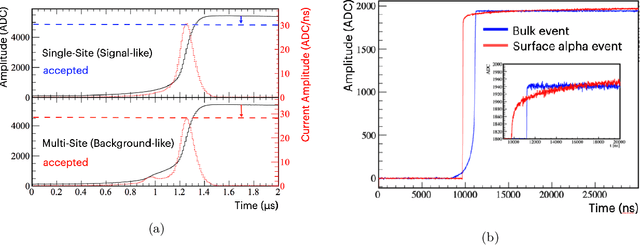
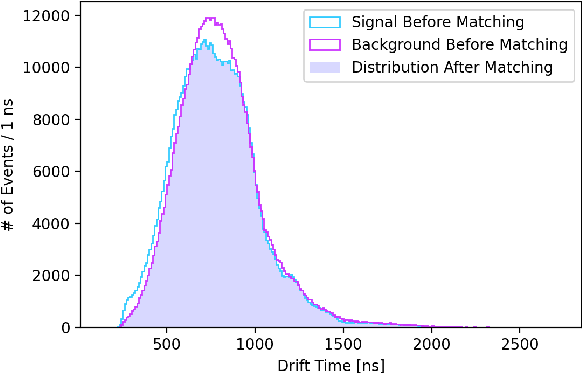
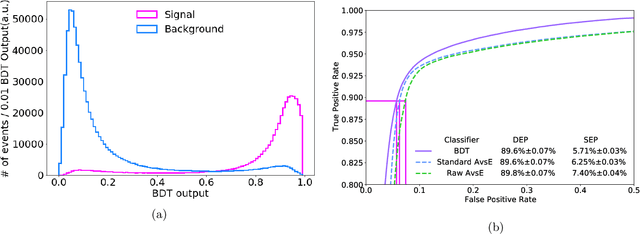
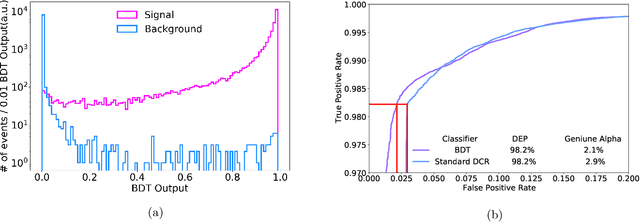
Abstract:The Majorana Demonstrator is a leading experiment searching for neutrinoless double-beta decay with high purity germanium detectors (HPGe). Machine learning provides a new way to maximize the amount of information provided by these detectors, but the data-driven nature makes it less interpretable compared to traditional analysis. An interpretability study reveals the machine's decision-making logic, allowing us to learn from the machine to feedback to the traditional analysis. In this work, we have presented the first machine learning analysis of the data from the Majorana Demonstrator; this is also the first interpretable machine learning analysis of any germanium detector experiment. Two gradient boosted decision tree models are trained to learn from the data, and a game-theory-based model interpretability study is conducted to understand the origin of the classification power. By learning from data, this analysis recognizes the correlations among reconstruction parameters to further enhance the background rejection performance. By learning from the machine, this analysis reveals the importance of new background categories to reciprocally benefit the standard Majorana analysis. This model is highly compatible with next-generation germanium detector experiments like LEGEND since it can be simultaneously trained on a large number of detectors.
Recovery Conditions of Sparse Signals Using Orthogonal Least Squares-Type Algorithms
Jan 13, 2022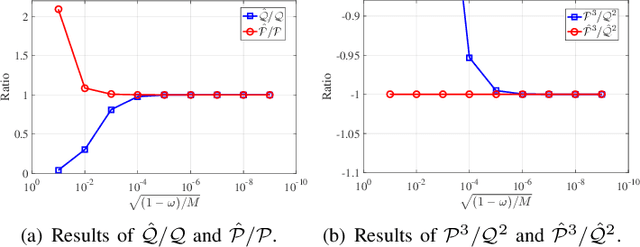
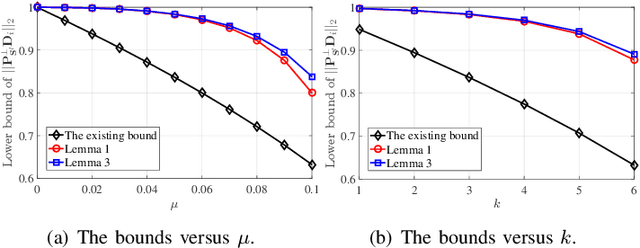
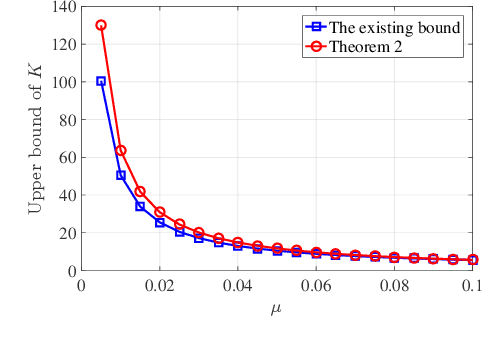
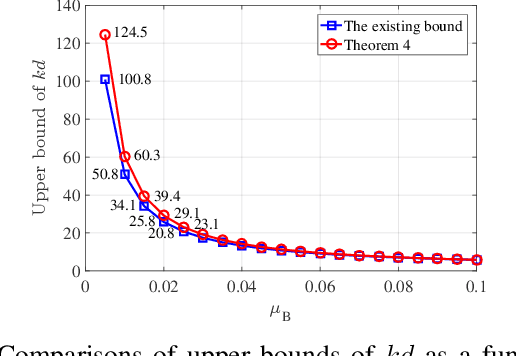
Abstract:Orthogonal least squares (OLS)-type algorithms are efficient in reconstructing sparse signals, which include the well-known OLS, multiple OLS (MOLS) and block OLS (BOLS). In this paper, we first investigate the noiseless exact recovery conditions of these algorithms. Specifically, based on mutual incoherence property (MIP), we provide theoretical analysis of OLS and MOLS to ensure that the correct nonzero support can be selected during the iterative procedure. Nevertheless, theoretical analysis for BOLS utilizes the block-MIP to deal with the block sparsity. Furthermore, the noiseless MIP-based analyses are extended to the noisy scenario. Our results indicate that for K-sparse signals, when MIP or SNR satisfies certain conditions, OLS and MOLS obtain reliable reconstruction in at most K iterations, while BOLS succeeds in at most (K/d) iterations where d is the block length. It is shown that our derived theoretical results improve the existing ones, which are verified by simulation tests.
Non-Intrusive Signature Extraction for Major Residential Loads
Apr 30, 2018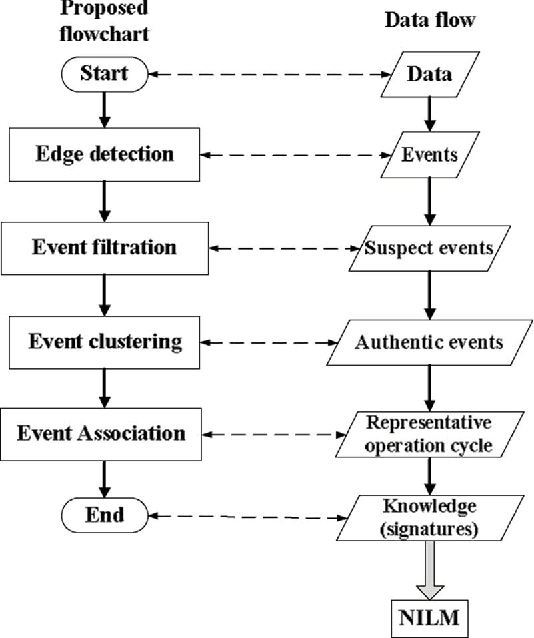
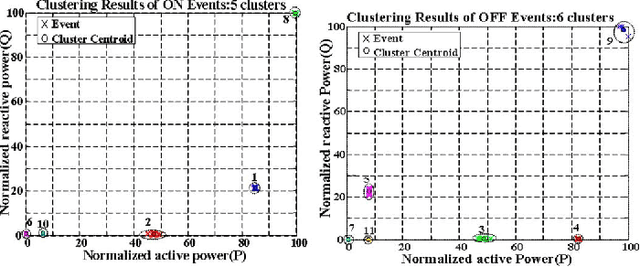
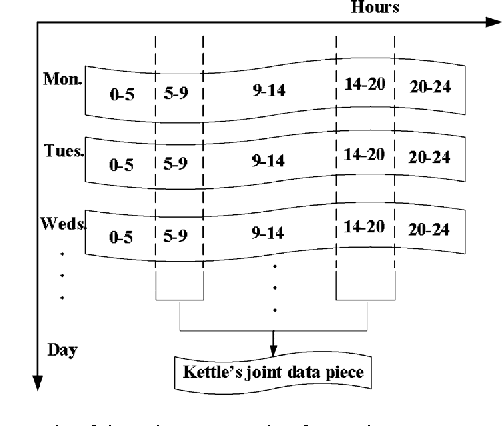
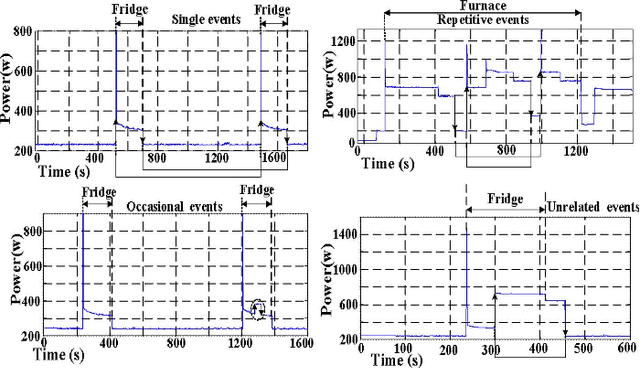
Abstract:The data collected by smart meters contain a lot of useful information. One potential use of the data is to track the energy consumptions and operating statuses of major home appliances.The results will enable homeowners to make sound decisions on how to save energy and how to participate in demand response programs. This paper presents a new method to breakdown the total power demand measured by a smart meter to those used by individual appliances. A unique feature of the proposed method is that it utilizes diverse signatures associated with the entire operating window of an appliance for identification. As a result, appliances with complicated middle process can be tracked. A novel appliance registration device and scheme is also proposed to automate the creation of appliance signature database and to eliminate the need of massive training before identification. The software and system have been developed and deployed to real houses in order to verify the proposed method.
* 10 pages, 10 figures
 Add to Chrome
Add to Chrome Add to Firefox
Add to Firefox Add to Edge
Add to Edge